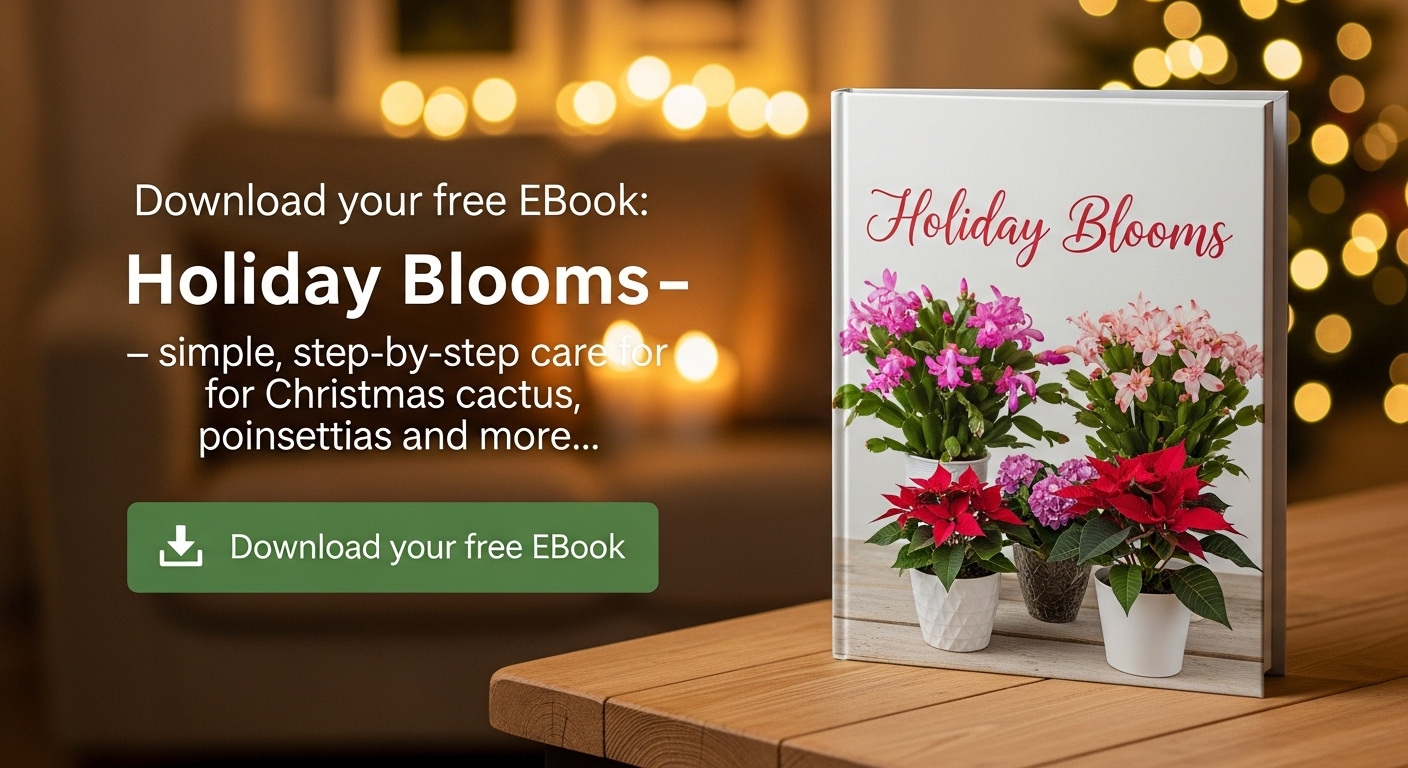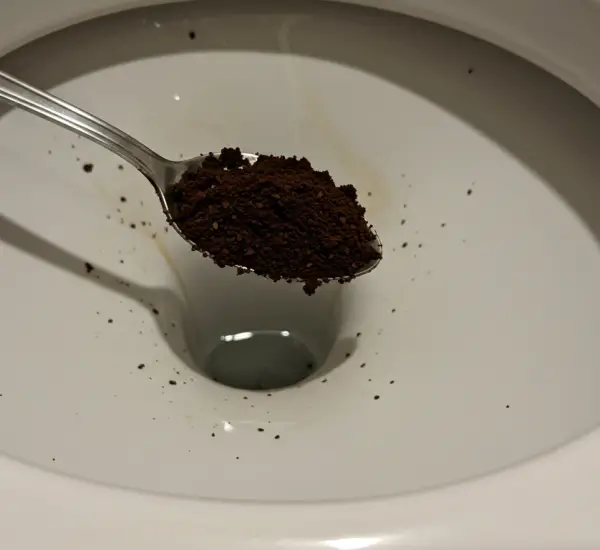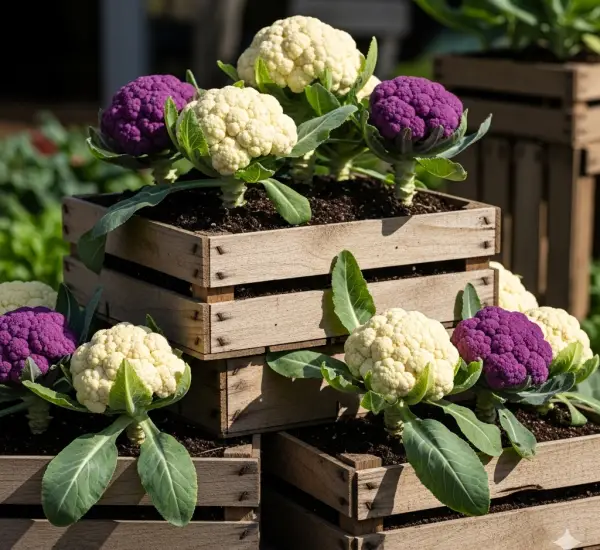Thyme is an essential herb in kitchens worldwide, celebrated for its aromatic, earthy flavor. It enhances sauces, soups, roasted vegetables, marinades, and meat dishes. While dried thyme is convenient, fresh thyme from your own kitchen pot provides superior taste and aroma. Growing thyme indoors is simple, space-efficient, and allows you to enjoy fresh leaves year-round, even without a backyard or garden. A windowsill or countertop can serve as a thriving mini thyme garden, perfect for culinary enthusiasts.
Why Grow Thyme Indoors
Thyme is well-suited for indoor gardening due to its hardiness and low maintenance requirements. Unlike delicate herbs, it tolerates container life, adapts to variations in light and temperature, and responds well to pruning and harvesting. Growing thyme indoors ensures that fresh leaves are always within reach for cooking or garnishing dishes. Beyond its culinary benefits, thyme adds greenery and a subtle, refreshing fragrance to your kitchen, enhancing both the visual and sensory atmosphere.
Choosing the Right Thyme Variety
Several thyme varieties thrive indoors, each with unique flavors. Common or English thyme is versatile, with a robust flavor suitable for everyday cooking. Lemon thyme provides a bright, citrusy note, perfect for poultry, seafood, and vegetable dishes. French or creeping thyme has a milder taste and can also be used decoratively. Selecting the right variety depends on your culinary preferences, and growing multiple types allows you to experiment with different flavors in your cooking.
Light and Placement
Thyme requires bright, indirect light to grow well. A south- or west-facing windowsill is ideal, offering 6–8 hours of sunlight daily. If natural light is insufficient, supplement with a small LED or fluorescent grow light placed 6–12 inches above the plant. Keep the light on for 12–14 hours daily to encourage strong, compact growth and prevent leggy stems. Positioning thyme near your kitchen counter ensures convenience for harvesting while maintaining proper light exposure for optimal health and flavor.
Containers and Soil
Choosing the right container and soil is essential for indoor thyme success. Use a pot at least 6–8 inches wide with drainage holes to prevent waterlogging. Terracotta or ceramic pots are ideal because they allow airflow and help regulate moisture. Thyme prefers a lightweight, well-draining potting mix enriched with organic matter. Avoid heavy garden soil, which can compact indoors and hinder root development. A well-aerated, nutrient-rich medium promotes healthy stems and flavorful leaves.
Watering Thyme
Thyme prefers slightly dry soil, so careful watering is important. Let the top inch of soil dry before watering, and ensure excess water drains from the pot. Overwatering can cause yellow leaves and root rot, while underwatering can slow growth and make stems woody. Maintaining moderate, consistent moisture is key to a healthy, long-lasting plant.
Fertilizing and Feeding
Indoor thyme benefits from occasional feeding. Apply a balanced, water-soluble fertilizer every four to six weeks during the growing season. Organic options like liquid seaweed or compost tea are excellent for producing strong, aromatic leaves. Avoid over-fertilizing, as excessive nutrients can result in weak stems and reduced flavor. Consistent, moderate feeding helps maintain healthy growth and maximizes the herb’s natural taste.
Harvesting Fresh Thyme
One of the joys of an indoor thyme garden is harvesting fresh leaves whenever needed. Snip stems just above a leaf node to encourage branching and continuous growth. Regular harvesting prevents the plant from becoming woody and ensures a steady supply of aromatic leaves. Fresh thyme can be added directly to soups, sauces, roasted vegetables, marinades, and herbal teas. Avoid removing more than one-third of the plant at a time to allow uninterrupted growth.
Pruning and Maintenance
Regular pruning keeps thyme compact and productive. Trim leggy stems and remove flowers, as flowering diverts energy from leaf growth and can slightly change the flavor. Pruning encourages dense foliage and prolongs the plant’s productivity, ensuring fresh, flavorful leaves are available year-round. Combined with proper light, watering, and feeding, pruning is key to maintaining a thriving indoor herb garden.
Preserving Extra Thyme
If your thyme produces more leaves than you can use, preservation is simple. Fresh leaves can be wrapped in a damp paper towel and stored in the refrigerator for several days. For longer-term use, freeze leaves in ice cube trays with water or olive oil. Drying thyme is another option, allowing you to store the herb for months while retaining most of its flavor. Preserved thyme ensures a continuous supply for cooking even when you can’t harvest fresh leaves.
Enjoying Your Indoor Thyme Garden
Growing thyme in a kitchen pot allows culinary enthusiasts to enjoy fresh, aromatic leaves all year. With proper light, soil, watering, and pruning, thyme thrives indoors and enhances your meals with superior flavor. Homegrown thyme adds greenery and fragrance to your kitchen while offering the satisfaction of cultivating your own herbs. An indoor thyme garden is a practical, rewarding, and flavorful addition to any home kitchen.




